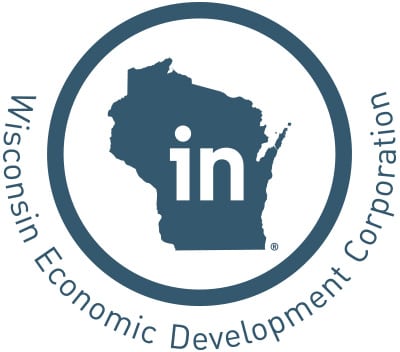Title Page
-
Conducted on
-
Prepared by
-
Location
Construction Industry Guidelines
Employee health and hygiene
-
Establish an on-site health screening strategy upon entrance to the worksite (see “General Guidance for All Businesses”).
-
Employees who have a fever or other symptoms of COVID-19 should not be allowed to work.
-
Maintain an adequate supply of paper goods, soap and hand sanitizer to allow proper hand hygiene among employees.
-
Install additional handwashing and/or sanitizing stations.
-
Educate your employees on the need to wash their hands often with soap and water for at least 20 seconds, especially before preparing or eating food; after using the bathroom; and after coughing, sneezing or blowing one’s nose. Hand sanitizer with at least 60% alcohol may be used if soap and water are not available.
-
Provide tissues and no-touch disposal receptacles.
-
Remove job site water coolers and provide individual beverage servings or require employees to bring their own beverages.
Clean and disinfect
-
Maintain an adequate supply of cleaning and disinfection products.
-
Clean and disinfect frequently touched objects and surfaces, such as tools, lunch/break areas, portable toilets, job site trailer doorknobs, office equipment and shared equipment such as trucks and forklifts.
-
Avoid cleaning touched surfaces or portable toilets with pressurized air or water spray. Doing so may generate fine droplets that can be inhaled.
-
Consider adding extra cleaning teams to increase cleaning frequency and focus.
-
Discourage employees from sharing work tools. If you are unable to individually assign tools, disinfect shared tools before and after each use
-
Protective equipment and cloth face coverings
-
Supply face masks or cloth face coverings for all employees. Face masks or coverings should be used when workers are in close proximity to others, especially in enclosed environments. Face coverings are not appropriate where masks or respirators are required.
-
Instruct your employees in how to properly put on and remove a face mask or cloth face covering. The CDC provides guidance on how to properly wear a face covering and offers tutorials for how to make one.
Engineering controls
-
Keep job site as much open as possible to allow for air flow.
-
If it would not create an additional hazard, plastic sheeting may be used to create a workspace barrier if multiple people or crews are working in an area.
Social distancing in the workplace
-
Schedule work to avoid “stacking crews” as much as possible.
-
Do not allow personal contact (e.g., handshakes, hugs, fist bumps, high fives) or close conversations.
-
Develop a protocol to avoid close contact for any physical signoff that is required.
-
Limit the number of people allowed in the job trailer at one time
Shift changes
-
Stagger workdays and start times to the extent possible. <br>
-
Investigate the possibility of using phone apps, web-based apps or a camera to clock employees in and out.
-
If a time clock must be used, add distancing markers to ensure proper spacing of six feet between employees, and provide hand sanitizer near the time clock.
Employee training, support and communication
-
Toolbox talks should communicate with workers the actions being taken to prevent COVID-19 exposure and include information on the process for workers to report COVID-19 symptoms.
-
Post signage in languages understood by your employees to remind them of safe practices for social distancing, hand hygiene and cough/sneeze etiquette.
-
Provide refresher training for employees on proper handwashing, social distancing, employee illness reporting, and any other procedural changes the company has implemented to address COVID-19.
-
Train employees on how to recognize and report areas or practices that pose a risk for spreading the virus. Define a process to quickly review concerns and provide mitigation strategies in these areas. Include a recognizing/reporting module in your COVID-19 response plan.
-
Add your COVID-19 health and safety practices to your daily audit checklist.
Sign Off
-
Name and Signature

















